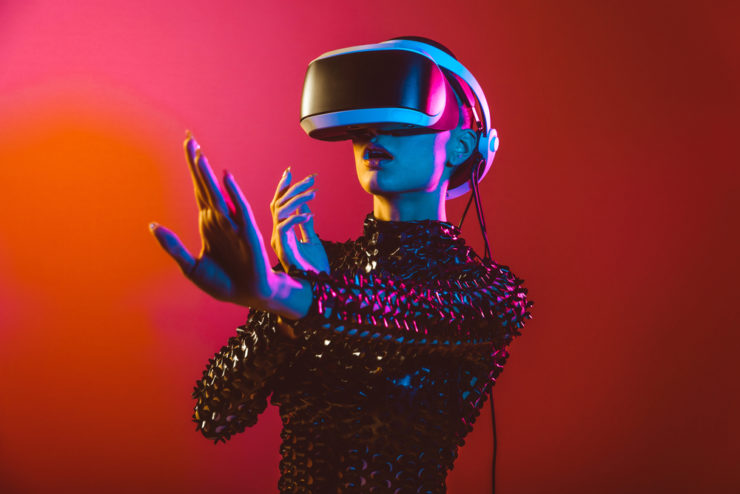Global consumer brands, especially luxury brands, are clamoring to stake their claims in the metaverse. But what exactly is the metaverse, why does it matter, how are consumers engaging with it, and how do brands leverage it to create deeper customer relationships?
Web3 is the latest iteration of the World Wide Web, which integrates decentralization, blockchain technologies, and token-based economics. The metaverse is a crucial part of this evolution — a digital space that mirrors aspects of the physical world in which people use virtual and augmented reality, social tools, and cryptocurrency to interact. Brian X. Chen, in his NY Times article, What’s All the Hype about the Metaverse? referred to it as “the convergence of two ideas that have been around for many years: virtual reality and a digital second life.”
It’s important to understand that the metaverse hasn’t yet fully come into being. In a thought-provoking article, The Metaverse Doesn’t Exist! You’re Talking About Gaming, James Whatley suggests that the various blockchain-enabled digital platforms that bring people together are primarily games — Fortnite, Roblox, Minecraft. I see these properties, and the spaces Meta, Google, Microsoft, and others are creating, as independent islands that are miniverses. Over time, certain ‘verses will reign supreme, capturing the zeitgeist while others fold. This anticipated shift is similar to how Web2 social properties proliferated and then consolidated.
The tech behemoths (Meta, Microsoft, Google, Apple) and up-and-comers (Decentraland, The Sandbox, Hyperverse, Roblox, Axie Infinity, etc.) are competing for dominance with their respective takes on the metaverse and thus vying for lifelong consumers. And luxury fashion brands are enthusiastically jumping into Web3 by partnering with established games that have created their own ‘verses. As a result, we have collaborations between Gucci and Roblox, Burberry and Roblox, Balenciaga and Fortnite, Prada and Meta, Dolce & Gabbana and UNXD, to name a few.
A critical and transformative difference between Web3 and Web2 is driving these collaborations. In the Web2 model, the platforms control the content, which limits and doesn’t reward creators. The Web3 model, with its foundation of blockchain and token economics, is inherently favorable to decentralization, creating the possibility of a circular economy where both content creators and content consumers are meaningfully rewarded for their efforts. This means consumers can create alongside their favorite brands, and brands in turn gain more loyal and engaged customers.
Creator-empowered Web3 communities already exist in gaming where independent ‘verses have collectives of people interacting with each other in a ‘second life’ and transacting in crypto-currency, significantly blurring the line between creators and players (consumers). This blending of player/creator is the catalyst for an exciting shift from play-to-earn to play-to-own to, ultimately, create-to-earn. With play-to-earn, the game feels like a job within the game, and its creators as the ‘boss’. With play-to-own, there’s a greater emphasis on the partnership between the game-maker and the player, with the player owning something and then having the option to sell. Play-to-own emphasizes the ‘fun’ aspect of gaming (it is a game, after all) by removing the ‘earn’ mentality, as explained by Crypto Raiders co-founder Nick Kreupner during a Q&A with Cointelegraph. However, this model still implies owning something created by the game-maker. The next evolution is create-to-earn, where players are intrinsically involved in creating a part of the game’s content, minting assets, and owning them definitively on the blockchain. Players can then monetize their creations, if and when they choose. Here we have, I feel, a much closer partnership and equality between game-maker and gamers.
Decentralization and creator empowerment is the future of the internet. It’s encouraging to see many brands, especially luxury brands, diving into the space and helping drive innovation, Web3 and the metaverse into the future.
This article was initially published in Fount ETFs.







